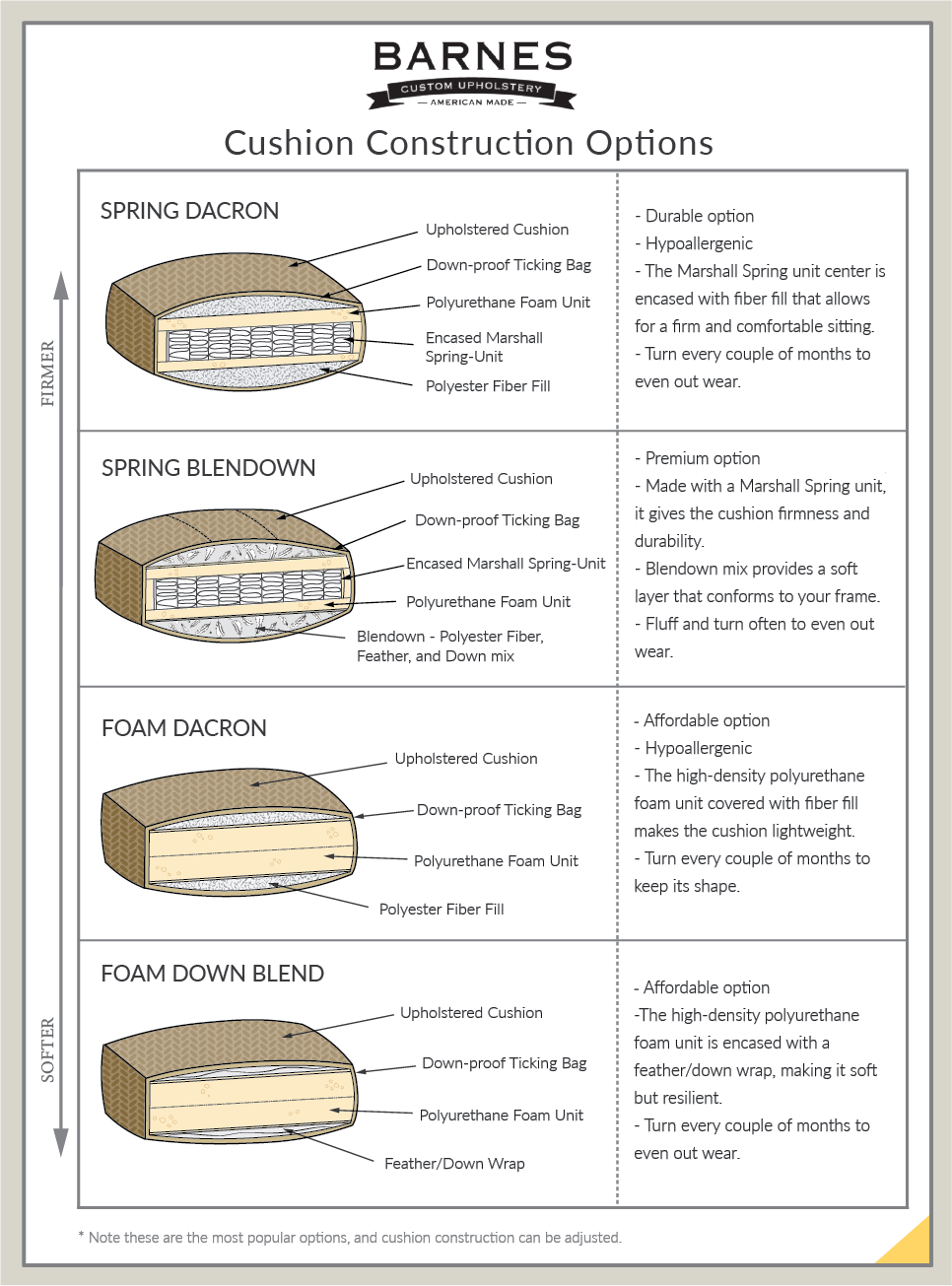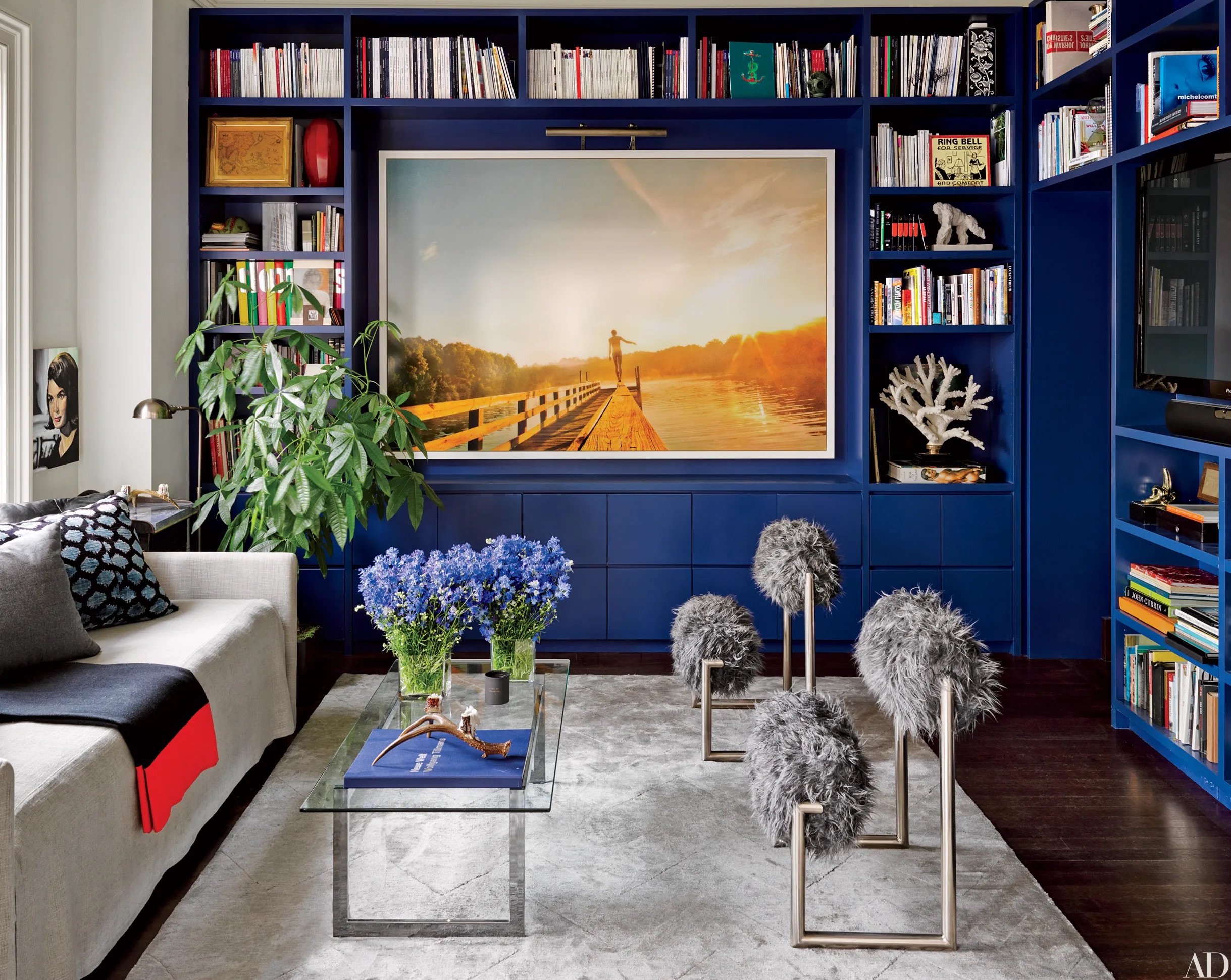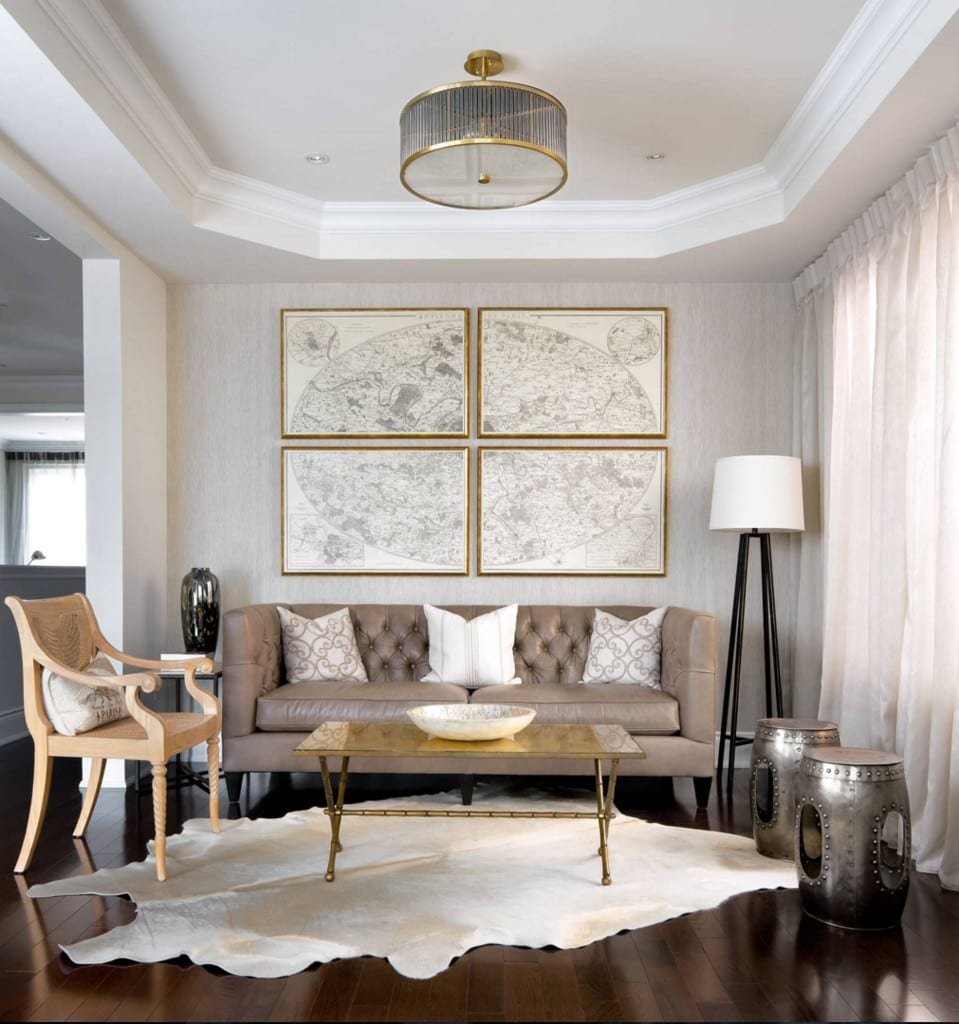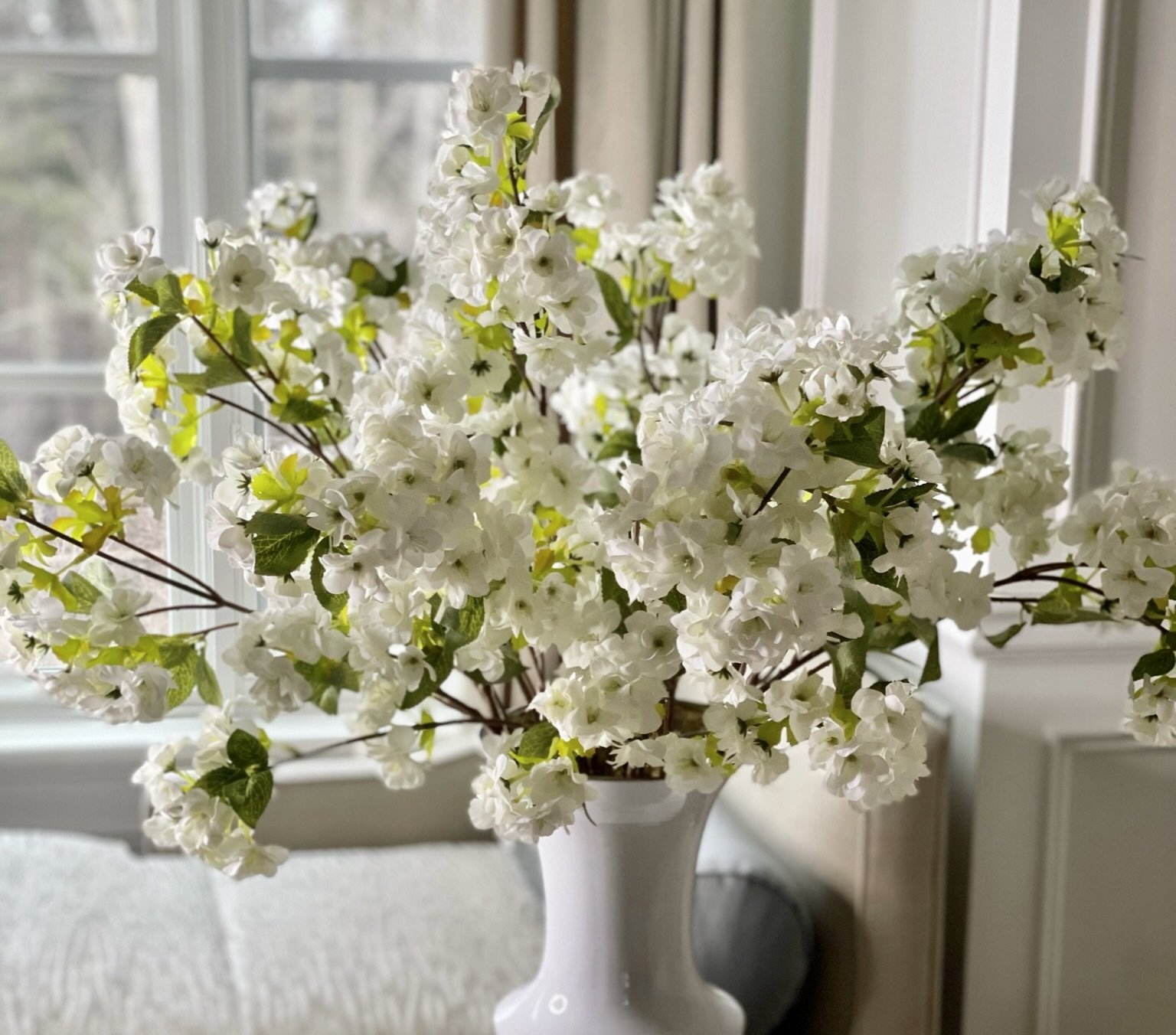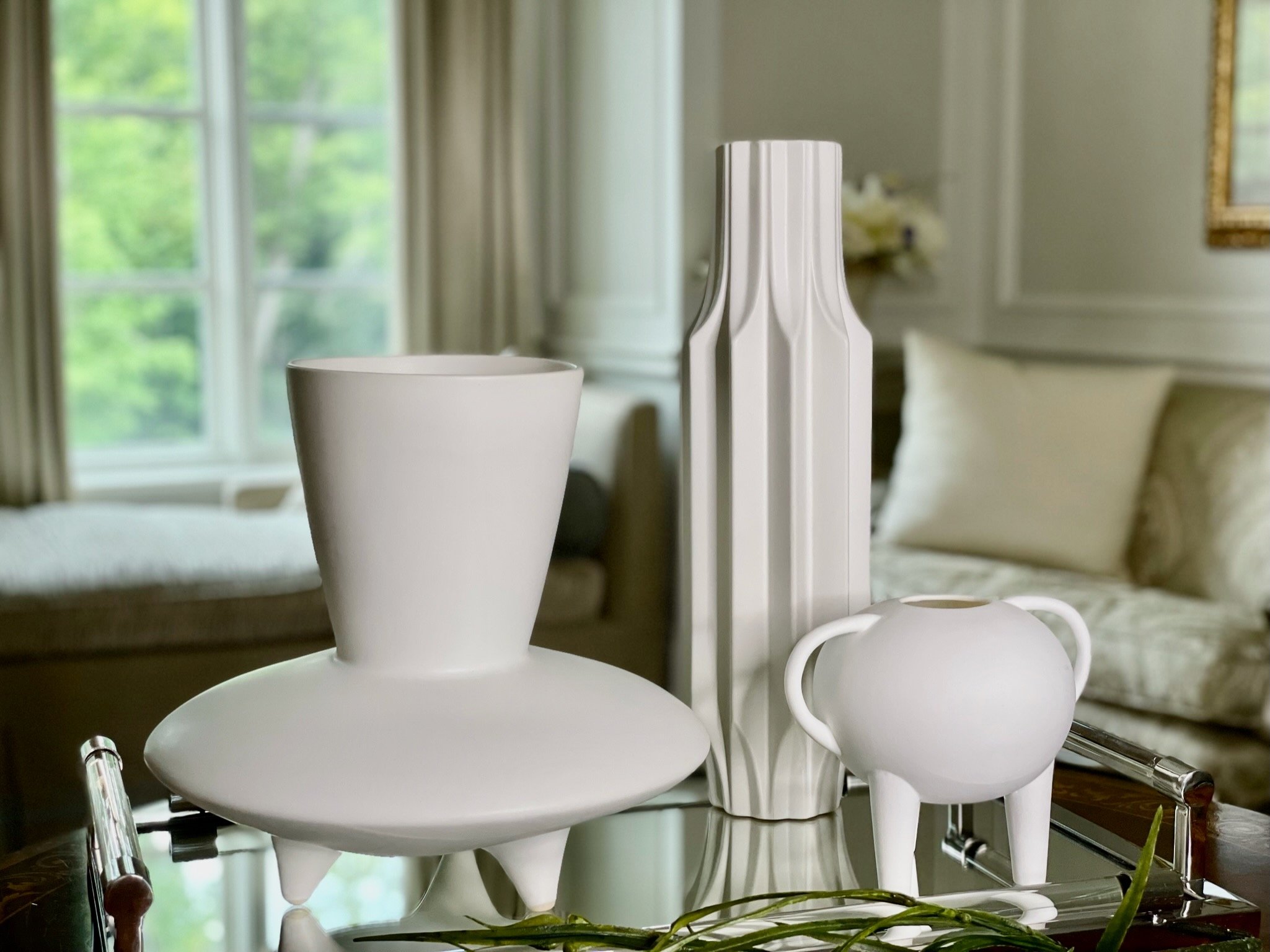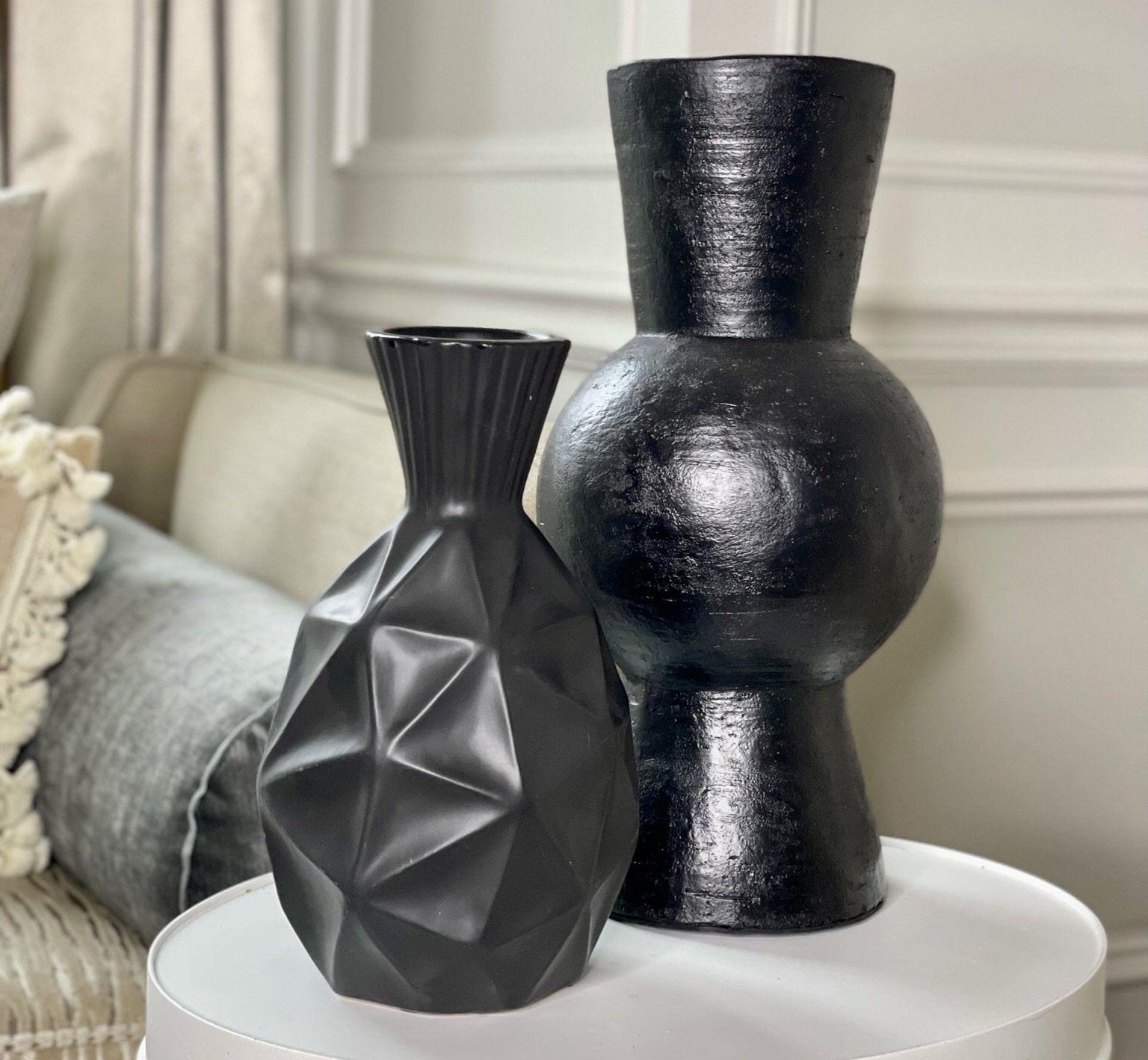Family Room
/Family Room Design Rules
The family room is one of the hardest working, most important spaces in a home; for most of us, it’s where families gather to spend quality time together, whether it’s sharing a pizza or snack while watching our favourite TV show, spending quiet time reading a book, playing a game of chess or checkers, or entertaining extended family friends. Therefore, it's crucial to design a space that is comfortable, functional, as well aesthetically pleasing. This month we take a look at some of the key components to take into account in order to achieve a space that is comfortable, inviting and most importantly, a functional space.
The first step in designing the perfect family room is to determine its function. While some families may use the space for conversation, the majority of family rooms are designed for TV watching. As such, it's important to make the TV the focal point of the room. Placing the TV over the fireplace, (another major focal point in most family rooms) is a common mistake, as it can be uncomfortable for extended viewing periods. The optimal height for the center of the TV is 54 inches above the finished floor, providing a comfortable viewing experience that doesn't put strain on your neck. When determining the best size TV for your room, multiply the size by 1.5 to 2.5 times to get the optimal viewing distance from sofa to screen.
Comfortable seating is also crucial for enjoying your TV viewing experience. Ideally, you should have a sofa directly across from the TV, rather than two sofas facing each other. This ensures that you don't have to contort your body to watch the TV, which can be uncomfortable for longer viewing sessions. High-backed armchairs are also a great option for additional seating. It's important to choose a properly sized, good-quality sofa that fits the space and your personal style. Try sitting on different sofa stuffings to determine what feels best for you and your family. Foams come in different densities for a harder or softer sit, while an ‘down-filled envelope cushion’ is the ultimate sit experience but does come at a premium price.
Lighting is a critical factor in creating the right ambiance in your family room. Incorporating both ambient and overhead lighting is ideal, with lamps placed near seating areas to create a more relaxing environment. Art lights can also provide a bit of ambiance without being too distracting. Cabinet lighting is a great way to bring ambience to the room as well as highlight treasured heirlooms and books. Remember to use a warmer lightbulb for a more relaxing and inviting space.
The size of your carpet is another essential consideration for your family room. It's best to choose a large carpet that will accommodate all of your furniture. This will not only make the room feel more spacious but also tie everything together.
Storage and display are also important components of any family room. Determine if your budget allows for built-in storage or if you'll need to purchase a console beneath the TV with additional storage options. This will largely depend on your budget and available floor space.
Coffee tables should be chosen carefully as well, ideally 18 to 20 inches should be left between your couch and your table to ensure enough room for movement, while not being so far that one cannot put their feet up or reach for a snack or a converter from the table. Coffee table height will depend on your seating arrangement and how you use the table. A lower coffee table may be more appropriate for a contemporary space, while a higher table may be better for those who like to put their feet up. If you plan to play games or eat at the coffee table, consider a cocktail-height table.
From seating and lighting to carpet and tables, every element plays a role in creating a comfortable and inviting space for your family to gather. Take the time to carefully consider each element and invest in quality pieces that fit your style and budget. By doing so, you'll create a family room that you and your loved ones will enjoy for years to come.
Designing the perfect family room requires careful consideration of its function, focal points, seating, lighting, carpet, tables, and storage options. By prioritizing comfort, functionality, and style, you'll create a space that is inviting, cozy, and perfect for spending time with family and friends.
watch our full in depth video on YouTube.







